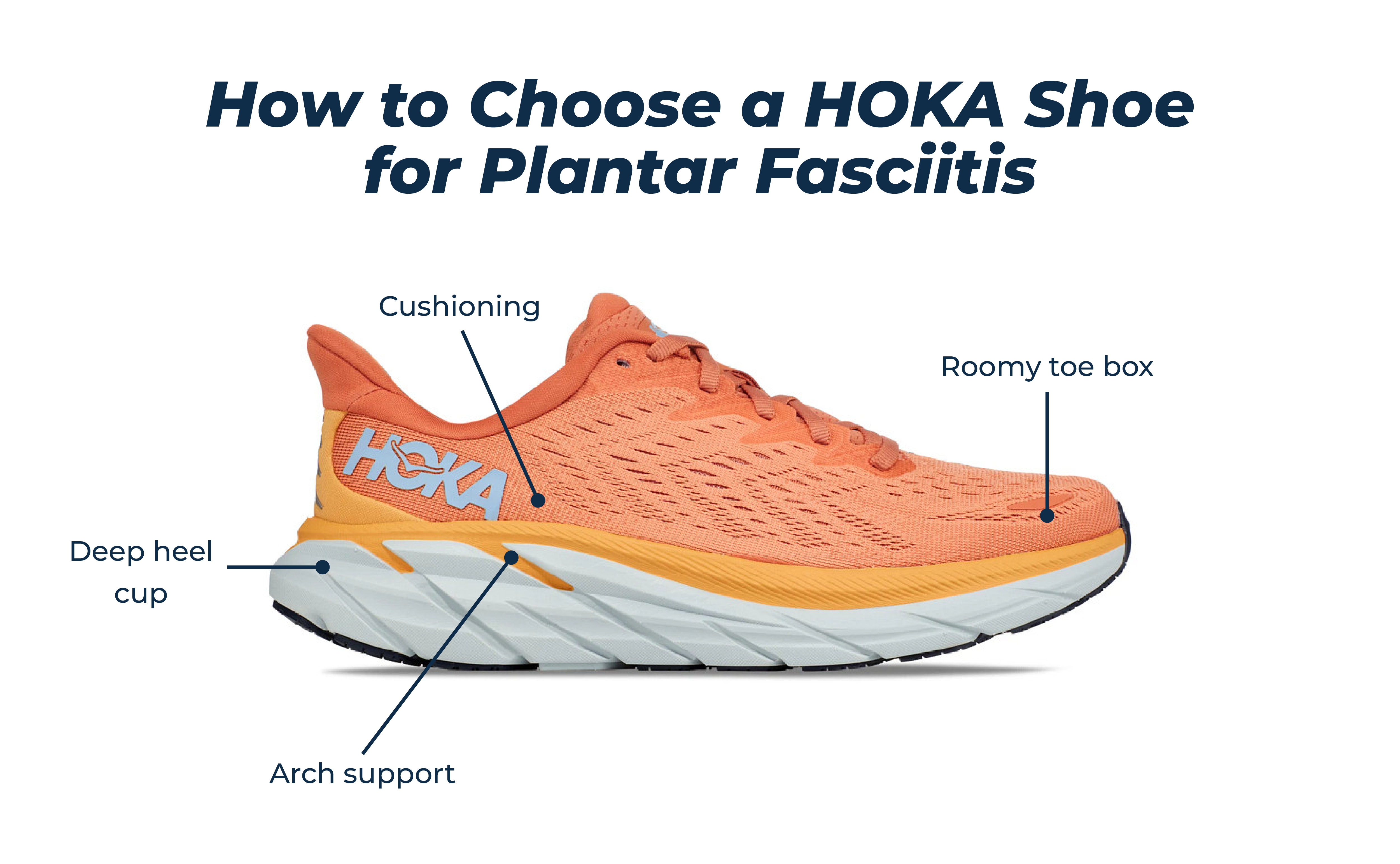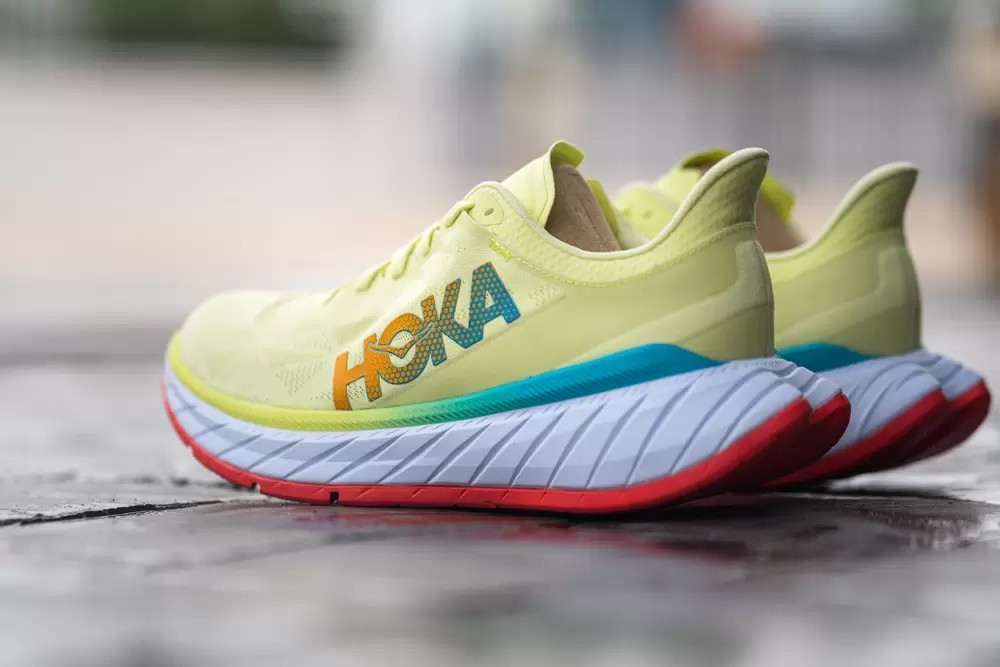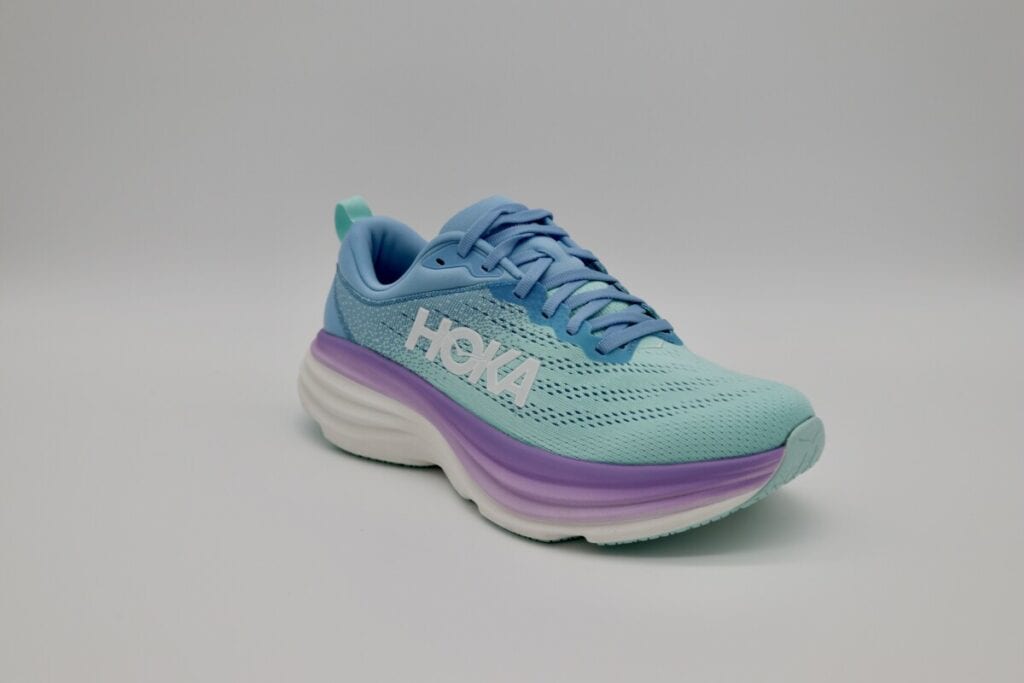Stepping Strong: Are Hoka Bondi Good for Plantar Fasciitis Relief?

Few things are as unnecessarily mystified as finding shoes for plantar fasciitis. I’ve sat through enough podiatry consults and read enough shoe reviews to spot a trend: the advice gets buried in jargon, or worse, it turns into a showdown between competing “miracle” sneakers. But here’s what all that complexity boils down to—relief hinges on two things: real cushioning and reliable support. That’s it.

Let’s cut through the noise using the Hoka Bondi as our test case and see where the evidence (and actual user experience) lands.
Why Simplicity Wins: What Actually Matters for Plantar Fasciitis
When my own plantar fasciitis flared up in late 2019, every expert I spoke with seemed to have their pet theory—pronation analysis, heel drop calculations, custom insoles that cost more than my power bill. The fancy metrics didn’t help me climb stairs pain-free. What finally mattered? Choosing a shoe that did two things well:
- Absorbed shock so my heel stopped taking all the punishment
- Kept my arch from collapsing further with every step
Most people don’t need three podiatric degrees or motion-capture treadmill labs—they need footwear that feels forgiving and stable right out of the box.
Hoka Bondi: Where It Nails (and Misses) the Basics
1. Cushioning Density That Works
Pop a Bondi on one foot and your old gym sneaker on the other—you’ll notice an immediate difference. We’re talking about nearly 33mm of EVA foam under your heel (31mm if you’re wearing women’s sizes). That’s about as much cushion as you’ll find anywhere without veering into “moon boot” territory.
During my first week in them, there was an odd sense of walking on memory foam mattresses; it took about three days before my stride felt normal again—but after that, those morning heel stabs faded fast.
2. The Rocker Sole: No Gimmicks Here
If you haven’t seen it, picture a slightly upturned sole at both toe and heel—think of rocking chairs for your feet. The idea is simple: reduce pressure when you push off or land midstride. It genuinely works to take stress off inflamed tissue; I noticed less tightness after long grocery runs.

3. Arch Support That Doesn’t Overdo It
I’ve tried prescription orthotics that might as well have been medieval torture devices—too much arch lift can be just as bad as too little. With Bondis, you get moderate support—not too aggressive—which is usually enough for people with standard arches (if yours are extremely high or flat, add an insert like Superfeet Green).
Not Every Expert Tells You This: When Hokas Aren’t Enough
Here’s a truth hardly anyone wants to say out loud: even great shoes can fall short if your foot shape is unusual or if you bounce between hard surfaces barefoot at home (tile floors were my worst enemy). For example:
- My friend Jake swapped into Bondis but still woke up stiff each morning—it wasn’t until he stopped padding around barefoot at night that he saw real improvement.
- Another colleague hated how squishy they felt during lateral workouts; she ended up moving to Brooks Adrenaline for cross-training days.
Lesson learned? The perfect shoe won’t offset daily habits that sabotage recovery—or fit everyone equally well straight from the box.
Simple Comparison: Hoka Bondi vs Other Go-Tos
Let’s put numbers to it:
- Hoka Bondi: ~33mm cushion / moderate arch / $165 average price
- Brooks Adrenaline GTS: ~24mm cushion / firmer arch / $140
- Asics Gel-Kayano: ~22mm cushion / stability focus / $160
- Oofos Recovery Sandal: ultra-soft foam / minimal structure / $60-$80 (great at home but not for errands)
Fit-wise, Hokas run roomier than most Nikes but not quite Altra-wide—so if your forefoot splays out or you use thick insoles, try both standard and wide options before buying.
One thing experts rarely mention: mixing brands helps! On days when my feet felt tired from one model, rotating to another pair gave me new comfort zones—and cut down on repetitive pressure points.

Don’t Overthink It—But Don’t Skip These Steps
1. Shop Late in the Day
Your feet swell by afternoon; test fit then so shoes won’t pinch once you start walking miles.
2. Ease Into New Shoes
If you’re coming from stiff soles or flat sandals (guilty), wear Hokas indoors for a few hours daily until your gait adapts.
3. Use Inserts Only If Needed
Don’t buy expensive orthotics unless basic inserts don’t cut it after two weeks—you can always upgrade later if pain lingers.
4. Log Results Daily
I kept notes on how long I could walk before discomfort hit (“20 minutes today before soreness”)—it was surprisingly motivating to watch these times improve week by week.
5. Prioritize Return Policies
Most shops give a 30-day window—even post-wear—to swap sizes or models if something doesn’t feel right after actual use. Take advantage!
Bottom Line: Simplicity Plus Consistency Beats “Expert” Complexity
No shoe will cure plantar fasciitis overnight—but picking something with honest cushioning and middle-of-the-road support solves most problems better than any convoluted expert system ever could. Don’t get lost in gear reviews; instead:
- Pick a proven option like Hoka Bondi.
- Wear them consistently, especially on hard floors.
- Track what works—and tweak only if pain persists beyond two weeks.
After years of trial-and-error and stacks of barely-used “miracle” shoes gathering dust in my closet, this straightforward approach gave me back painless mornings faster than any doctor-prescribed regimen ever did.
Forget chasing fads—the simplest path is usually the best way forward when it comes to beating plantar fasciitis pain for good.



